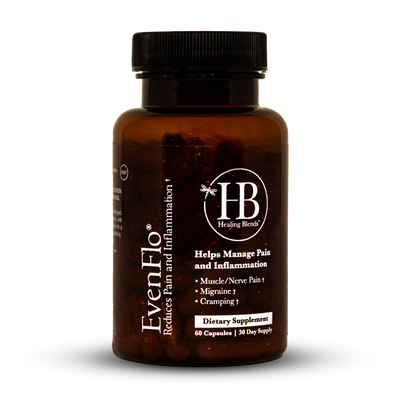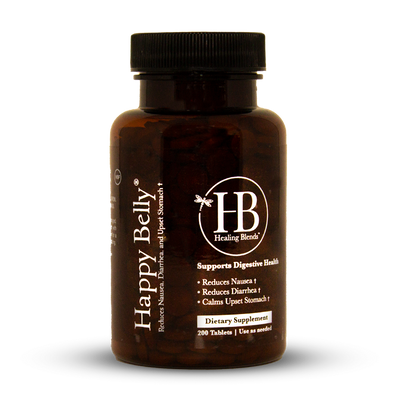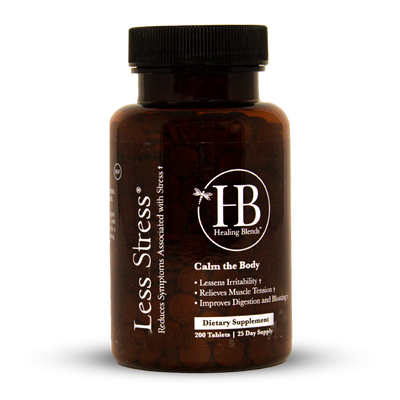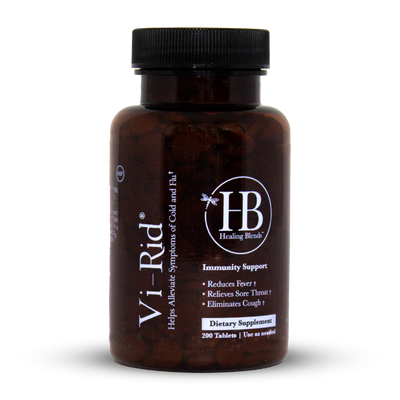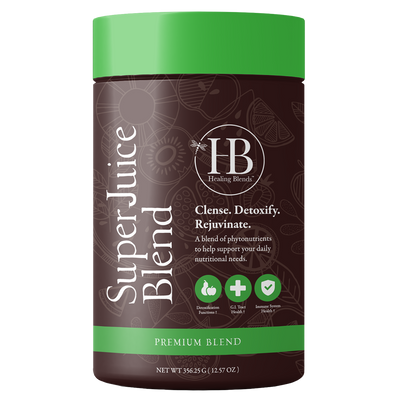Nutrition & Sickle Cell Disease: Diet for a Better Life

Diet and nutrition are indispensable facets of good health but a well- balanced diet is definitely more important for sickle cell disease patients.
The current data indicates that patients with sickle cell disease need a higher level of nutrition and food just like a pregnant woman or growing child would.
Compared to the general population, SCD patients are more likely to develop nutrient deficiencies that can exacerbate their condition.
For these reasons, it is important to understand diet & nutrition in the context of sickle cell disease that accounts for the common deficiencies in this population.
An effective integrated approach combines conventional treatment with an actionable plan of moderate-intensity exercise, a holistic diet, and requisite supplements to decrease morbidity and improve quality of life among SCD patients.
A well-balanced diet should provide sufficient macronutrients (fats, carbs, and proteins) in large amounts and micronutrients (vitamins, minerals, water, and dietary fiber) in appropriate amounts as well. Furthermore, dietary supplements should be included to prevent or mitigate micronutrient deficiency or when sufficient quantities (RDA) cannot be obtained from the diet.
An SCD-friendly diet should include food from all major food groups:
- Whole grains and fortified grains rich in fiber, folate, B-vitamins, and magnesium.
- Bright-colored and darky leafy vegetables rich in vitamins, potassium, folate, and fiber.
- A wide variety of fruits that provide vitamins minerals and fiber
- Lean meat and beans for protein & zinc and fish for omega-3 fatty acids
Effective Nutritional Strategies for Sickle Cell Patients:

SCD patients need certain macronutrients beyond the recommended daily allowance (RDA) that is considered sufficient for the general population. Adults and children with sickle cell anemia, for instance, have to endure chronic fatigue and inflammation.
Research has shown that nutritional interventions with macronutrient results in a significant improvement of clinical conditions and reduced hospital admissions.
Research also confirms that this population is susceptible to nutritional deficiencies and that nutrition is axiomatic to the severity of the disease. Nutritional interventions can improve immunity and abate painful episodes in the population. They are essential to a better quality of life and should be included as an adjunct treatment alongside standard treatment procedures.
The following are some noteworthy nutritional recommendations for a balanced diet:
- Eat a protein-rich diet (35% of your total intake)
- Protein sources: Beans, eggs, oily fish, chicken, lean meat, and yogurt
- Choose healthy high-calorie foods like dry fruits, nuts, or nut butters.
- Increase intake of nutrient-dense foods like mushrooms, seeds, and dark chocolate
- Opt for foods rich in calcium, Vitamin D, Zinc, and B vitamins
- Eliminate carbonated drinks (soda) and other high-sugar drinks
- Stay hydrated to prevent any escalation in sickling
Sickle Cell Disease and Supplements:

Increased micronutrient requirements are a major challenge for SCD patients who constantly endure the effects of growth retardation and chronic malaise. The role of these micronutrients has been studied comprehensively to understand the role they play in immunity, wound healing, inflammation, and growth. Therefore, it is important to formulate a nutritional intervention strategy of essential daily supplements to be consumed alongside an SCD-friendly diet.
Zinc
Zinc is the most comprehensively researched mineral in the context of sickle cell disease because of the clinical similarities between SCD in adults and zinc deficiency. The first connection between zinc deficiency and SCD patients goes back to 1975 when researchers noticed how insufficient zinc led to growth retardation and cell-mediated immune disorder.
The inflammation associated with SCD is a key factor that determines disease severity, which ultimately results in organ damage. This is evident from how zinc supplementation is commonly prescribed in the case of defective wound healing in SCD patients. Besides the incidence and severity of infections, Zinc supplementation also decreases oxidative stress in SCD patients. Research also indicates that zinc supplementation reduces the generation of inflammatory cytokines and reduces hospital admissions.
While adults are more vulnerable to severe salmonella infections and increased morbidity due to tuberculosis, children with SCD are decidedly more vulnerable to fatal infections. Clinical infections are the most common cause of death in children with SCD under the age of three. Furthermore, zinc deficiency is the primary cause of growth retardation in both adults and children.
A study published in The American Journal of Clinical Nutrition concludes that children with SCD experience an improved linear growth and weight gain from one year of zinc supplementation. Moreover, another study also indicates that Zinc supplementation can offer significant relief in the painful crisis among children with sickle cell anemia.
To put it concisely, Zinc deficiency is a common and concerning nutritional factor among sickle cell disease patients. Fortunately, a simple procedure of daily HB Zinc supplementation can reduce instances of painful crisis, inflammation, and hospital admissions.
Vitamin D
SCD patients are highly susceptible to vitamin D deficiency (VDD) and studies show that up to 98% of SCD patients in America have a Vitamin D deficiency. This can cause chronic pain, osteoporosis, osteopenia, bone fractures, and retarded muscular growth among patients. For instance – there is a well-documented history of suboptimal bone development in children with SCD.
Vitamin D regulates calcium, supports bone health, and plays a vital role in regulating the immune response. A vitamin D deficiency in SCD patients results in modifications to the neural and immune processes associated with pain that can result in an increased need for healthcare and more visits to the ER for pain episodes. A study published in Complementary therapies in Medicine indicates that taking vitamin D supplements reduced the number of incidents of hospitalization due to the vaso-occlusive crisis among African-American children.
The primary non-dietary source for most people is sunlight but SCD patients need to avoid prolonged or intense exposure to the sun as it can lead to other health problems. Furthermore, dietary sources of Vitamin D2 (ergocalciferol) are limited to fortified food and a few ingredients like mushrooms, yogurt and fatty fish, cheese, and eggs for Vitamin D3 (cholecalciferol).
Plant-Based Nutrients for Sickle Cell:

There are more than 8000 known structural variants in the polyphenol family found in plants, many of which have been researched thoroughly for their impact on chronic pain conditions and human health. Plant-derived polyphenols have demonstrated exemplary anti-inflammatory activity in studies conducted so far. These ingredients display the potency and promise required to act as a therapeutic tool in various acute and chronic disorders.
For instance – plants like moringa (moringa olifera), pigeon peas (Cajanus cajan), papaya (carica papaya), etc. contain beneficial phytochemicals that work as anti-sickling agents. A 2017 study indicates that these ethnomedicinal plants can aid in the resistance of hemolysis and decrease the sickled red blood cells in the body. Furthermore, phytochemicals like alkaloids, tannins, saponins, glycosides, alkaloids, and flavonoids in plant extracts have powerful antioxidant properties. Recent research has also demonstrated the beneficial actions of plant-based antioxidants in the maintenance of rheology.
All-natural supplements like EvenFlo use a combination of well-researched plant-based phytochemicals to alleviate chronic pain conditions and improve blood circulation. An integrated approach to combine conventional treatment, SCD-appropriate nutrition, and well-rounded phytochemical based supplements like EvenFlo can help with pain management and significantly improve the quality of life in SCD patients.
So, How Can You Feel Better with Sickle Cell?

A good diet and nutritional intervention can act as a deterrent and will add to the curative aspects of sickle cell disease. It is important to identify your unique nutritional needs and formulate a nutritional strategy that will reduce clinical complications and growth abnormalities. Understandably, it may be difficult to make sweeping changes to your diet overnight but you can obtain the support of well-researched nutritional supplements as you transition.
In the context of SCD, other noteworthy supplements include folic acid for the production of new blood cells, manganese for health bones & cellular hydration, and B vitamins that regulate enzyme cofactors and amino acid metabolism. You can also benefit from adding an antioxidant-rich supplement like Liquid Chlorophyll that strengthens the body’s stress-coping capacity and enhances the benefits of other dietary supplements.
The scientific evidence supports a prudent approach to combine diet and supplementation to achieve favorable immune status and reduce morbidity and mortality in SCD patients.
We leave you with an easy-to-follow 3-Step Action Plan to combine with conventional treatment:
Step 1: Formulate a diet rich in macronutrients and micronutrients keeping in mind the special needs of SCD patients.
Step 2: Engage in low-impact, moderate-intensity exercise, and relaxation techniques like yoga, meditation, and breathwork for a holistic lifestyle. You can read our detailed article on the subject here.
Step 3: Complement your SCD-friendly diet and lifestyle with all-natural & well-researched daily supplements like EvenFlo, Liquid Chlorophyll, and Zinc to reduce inflammation, incidences of crisis, and improve overall health and immunity.














